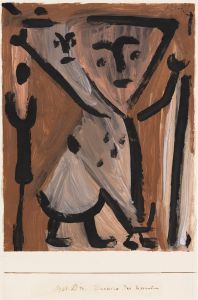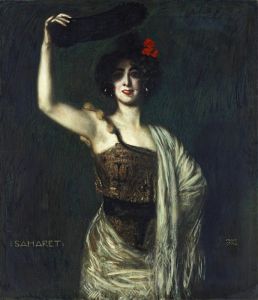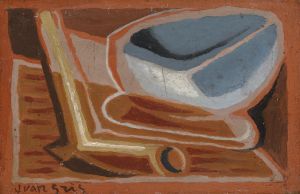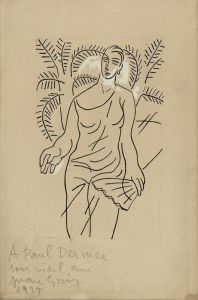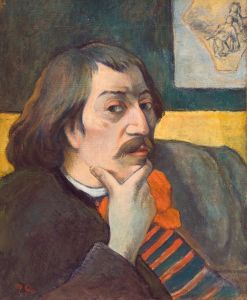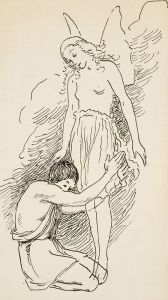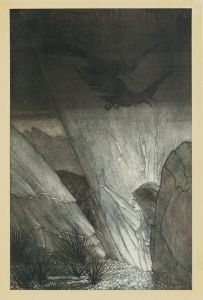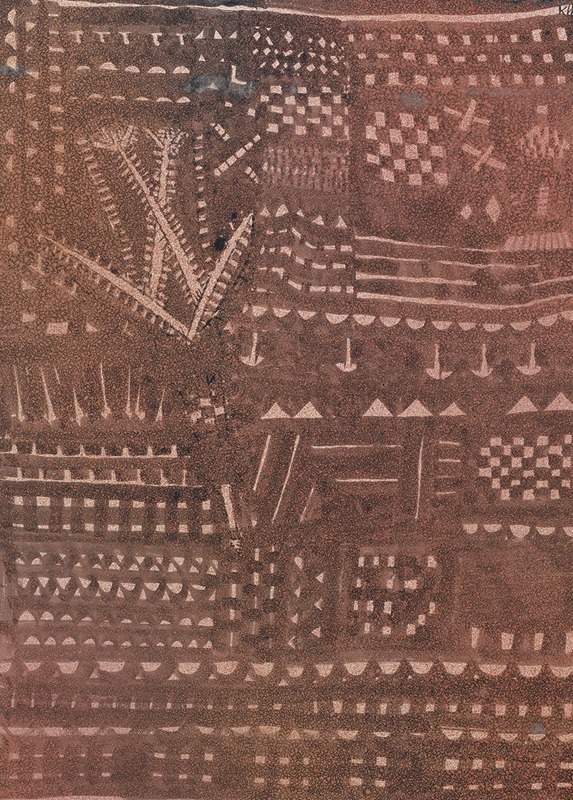
In the Manner of a Leather Tapestry
A hand-painted replica of Paul Klee’s masterpiece In the Manner of a Leather Tapestry, meticulously crafted by professional artists to capture the true essence of the original. Each piece is created with museum-quality canvas and rare mineral pigments, carefully painted by experienced artists with delicate brushstrokes and rich, layered colors to perfectly recreate the texture of the original artwork. Unlike machine-printed reproductions, this hand-painted version brings the painting to life, infused with the artist’s emotions and skill in every stroke. Whether for personal collection or home decoration, it instantly elevates the artistic atmosphere of any space.
Paul Klee's "In the Manner of a Leather Tapestry" is a notable work that reflects the artist's unique approach to abstraction and his interest in texture and materiality. Created in 1923, this painting is part of Klee's exploration of color theory and his experimentation with various artistic techniques. Klee, a Swiss-born artist, was a prominent figure in the early 20th-century European avant-garde and a member of the Bauhaus school, where he taught alongside other influential artists such as Wassily Kandinsky and László Moholy-Nagy.
The title "In the Manner of a Leather Tapestry" suggests that Klee was inspired by the appearance and texture of leather tapestries, which were popular decorative items in Europe. These tapestries were known for their intricate designs and rich textures, often used to adorn walls and furniture. Klee's work captures the essence of these tapestries through his use of color and form, creating a composition that evokes the tactile qualities of leather.
Klee's painting is characterized by its geometric abstraction, a hallmark of his style. The composition is structured with a series of interlocking shapes and patterns, which are rendered in a muted color palette. The colors are layered and blended to create a sense of depth and texture, reminiscent of the surface of a leather tapestry. Klee's use of line and form is both precise and playful, reflecting his interest in the balance between order and chaos.
The painting also demonstrates Klee's fascination with the interplay of color and light. He was deeply influenced by the color theories of his contemporaries, including Johannes Itten, and he developed his own theories about the emotional and symbolic potential of color. In "In the Manner of a Leather Tapestry," Klee employs a subtle range of hues to create a harmonious and dynamic composition. The colors are carefully chosen to evoke a sense of warmth and intimacy, drawing the viewer into the work.
Klee's work is often described as having a musical quality, and "In the Manner of a Leather Tapestry" is no exception. The rhythmic arrangement of shapes and colors creates a visual melody, inviting viewers to engage with the painting on an intuitive level. Klee himself was an accomplished violinist, and his understanding of musical composition often informed his approach to painting.
"In the Manner of a Leather Tapestry" is a testament to Klee's innovative spirit and his ability to blend different artistic influences into a cohesive whole. The painting reflects his interest in non-Western art forms, such as Islamic and African art, which he encountered during his travels and studies. These influences are evident in the work's intricate patterns and abstract forms, which echo the decorative motifs found in traditional leather tapestries.
Today, Paul Klee is celebrated as one of the pioneers of modern art, and his work continues to inspire artists and art enthusiasts around the world. "In the Manner of a Leather Tapestry" is a prime example of his ability to transform everyday materials and textures into a sophisticated and thought-provoking work of art. Through his innovative use of color, form, and texture, Klee invites viewers to explore the boundaries of abstraction and to appreciate the beauty of the unexpected.





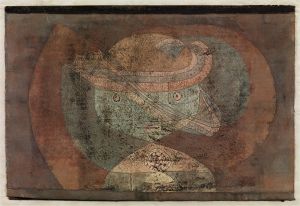
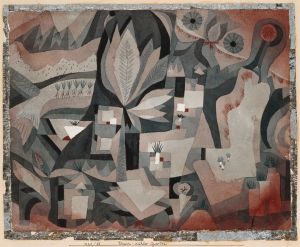
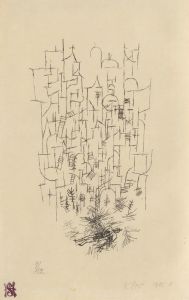
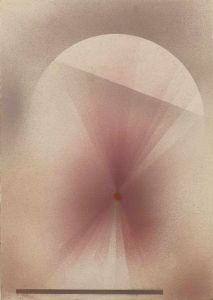
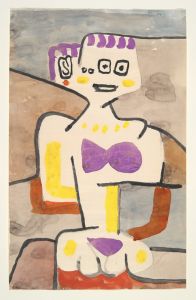
![The Harbinger of Autumn [green and violet gradation with orange accent]](/imgs/217154/s/paul-klee-the-harbinger-of-autumn-green-and-violet-gradation-with-orange-accent-295debda.jpg)
